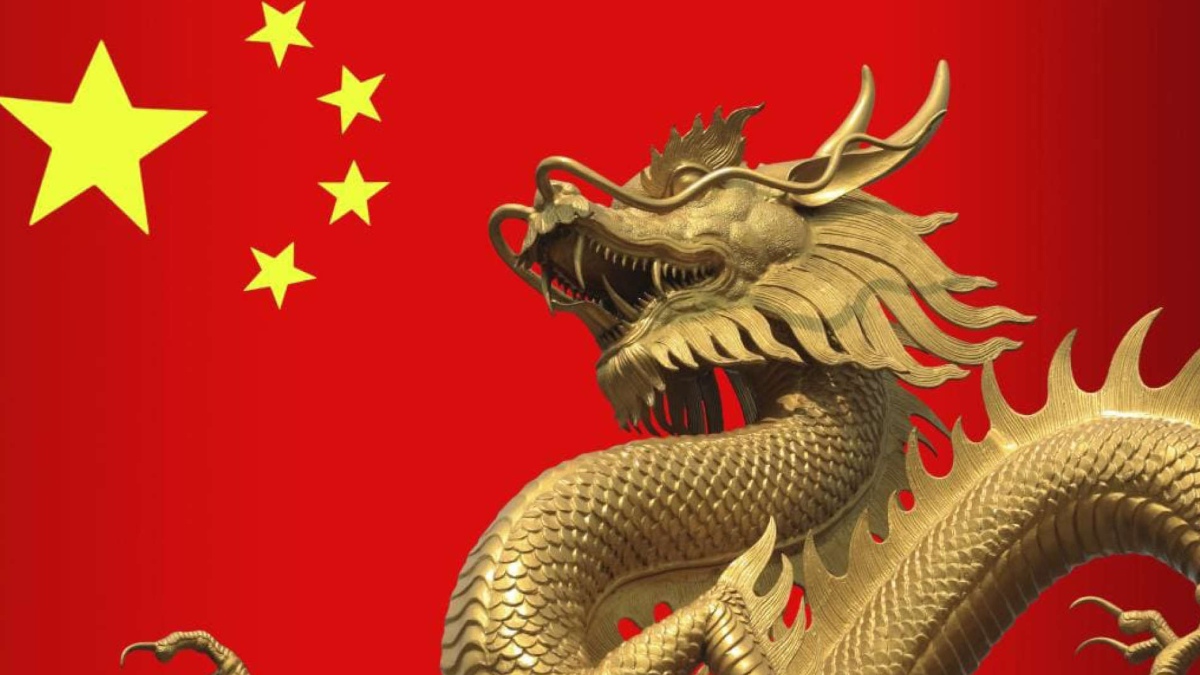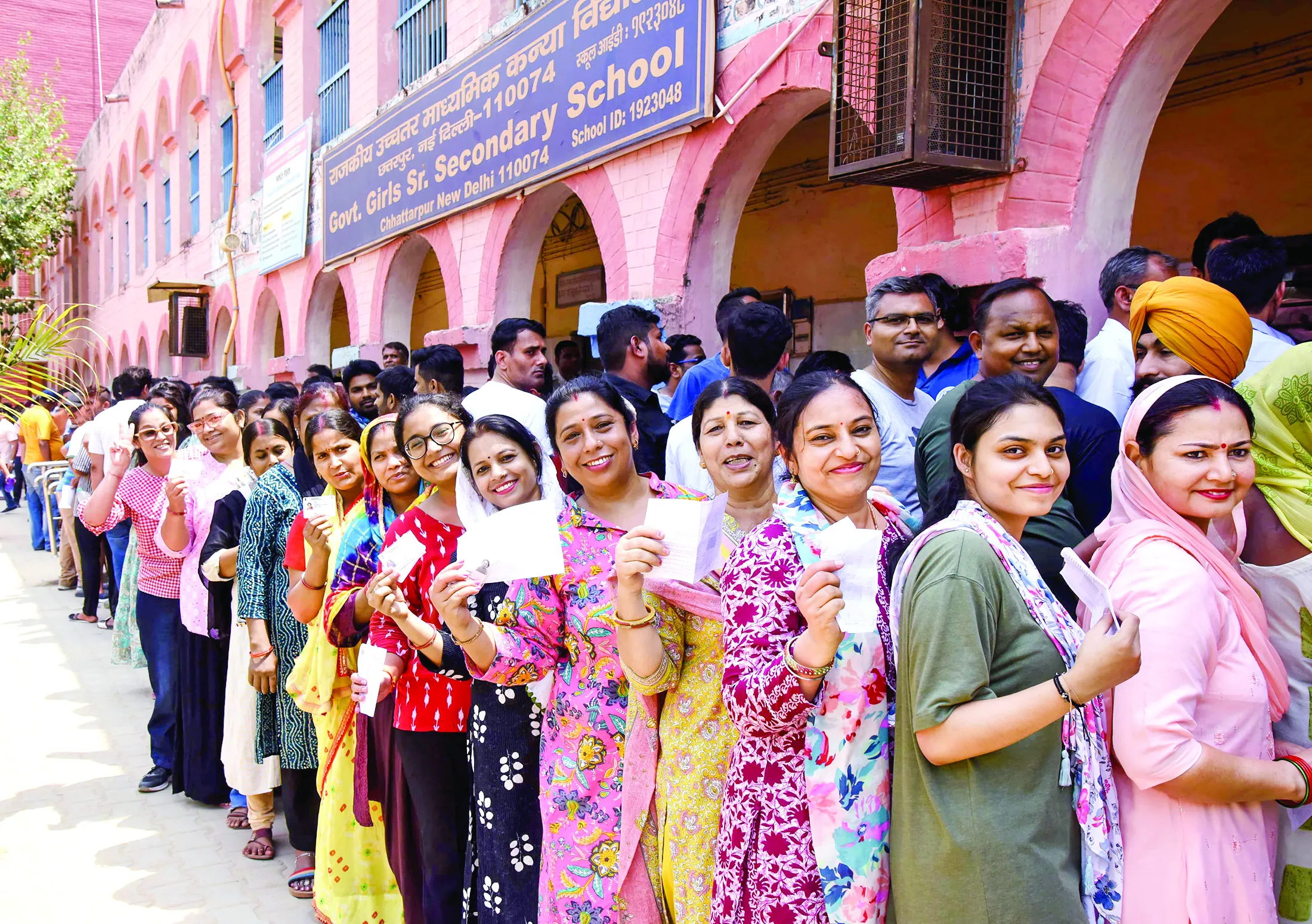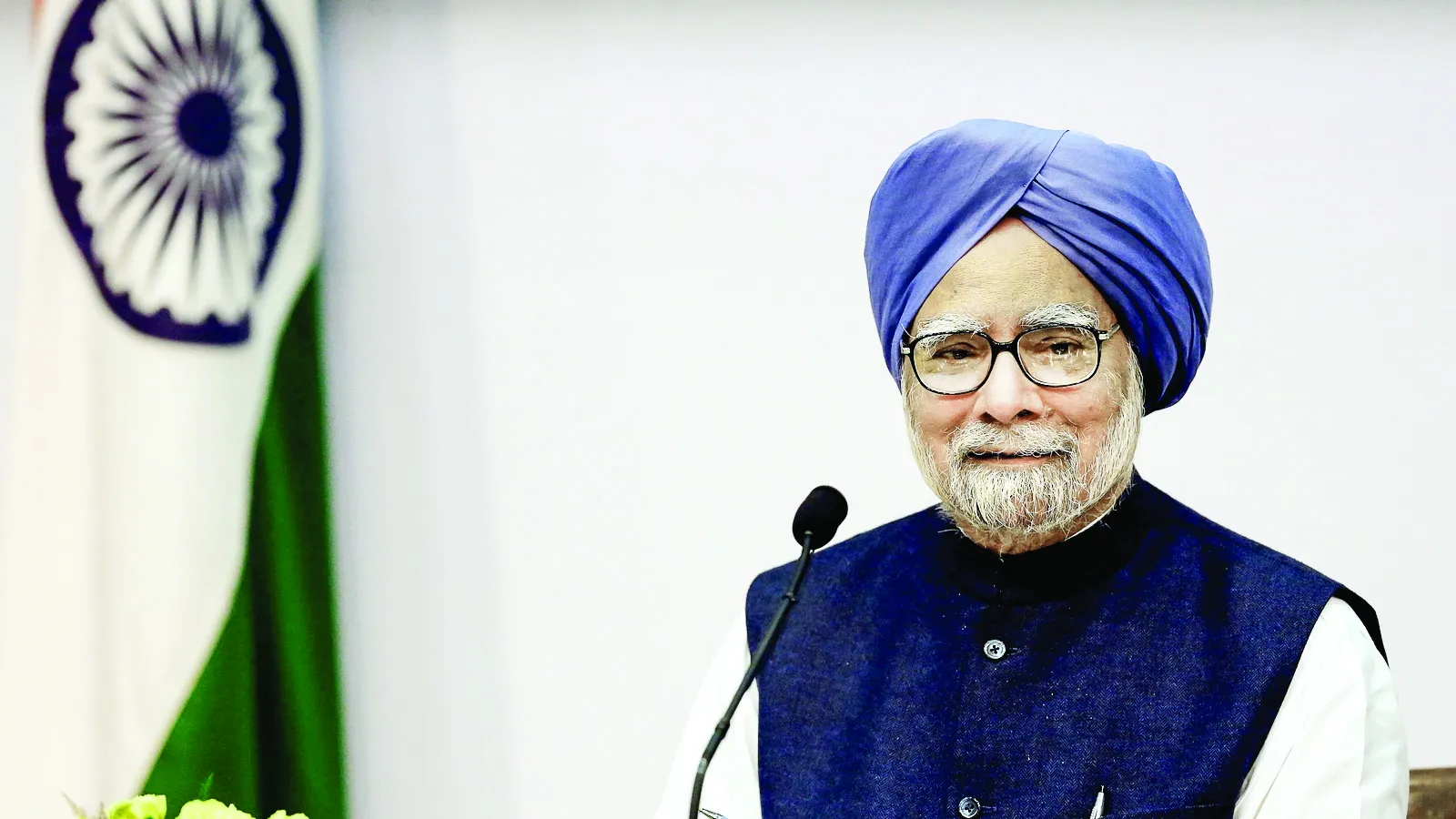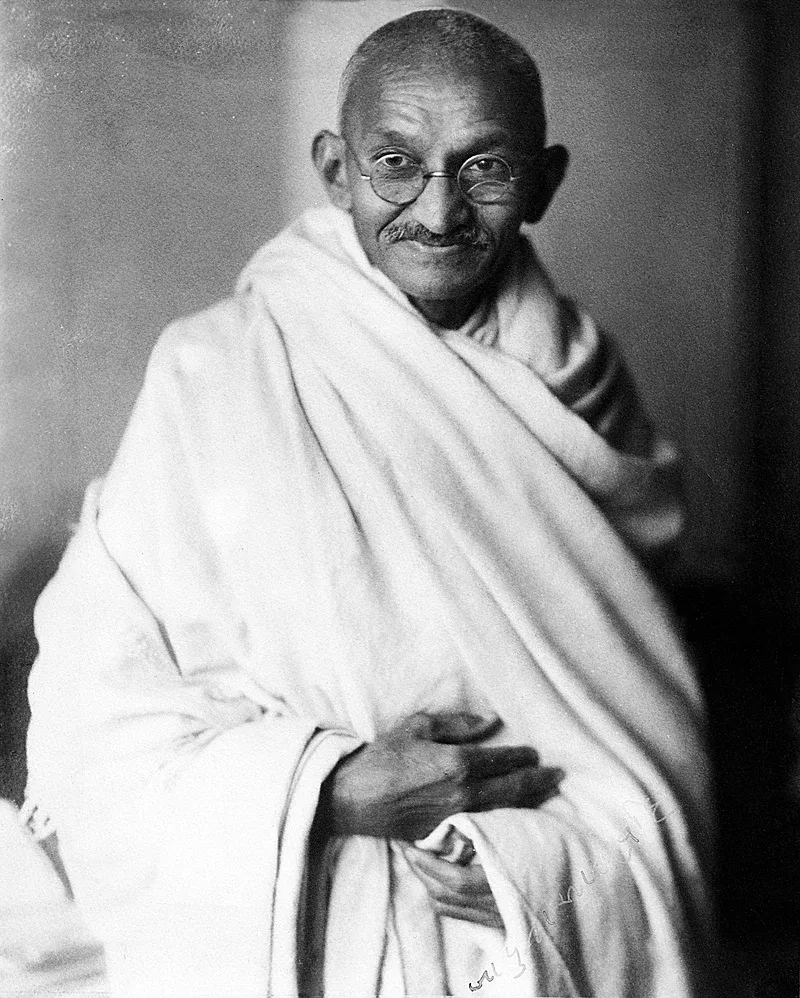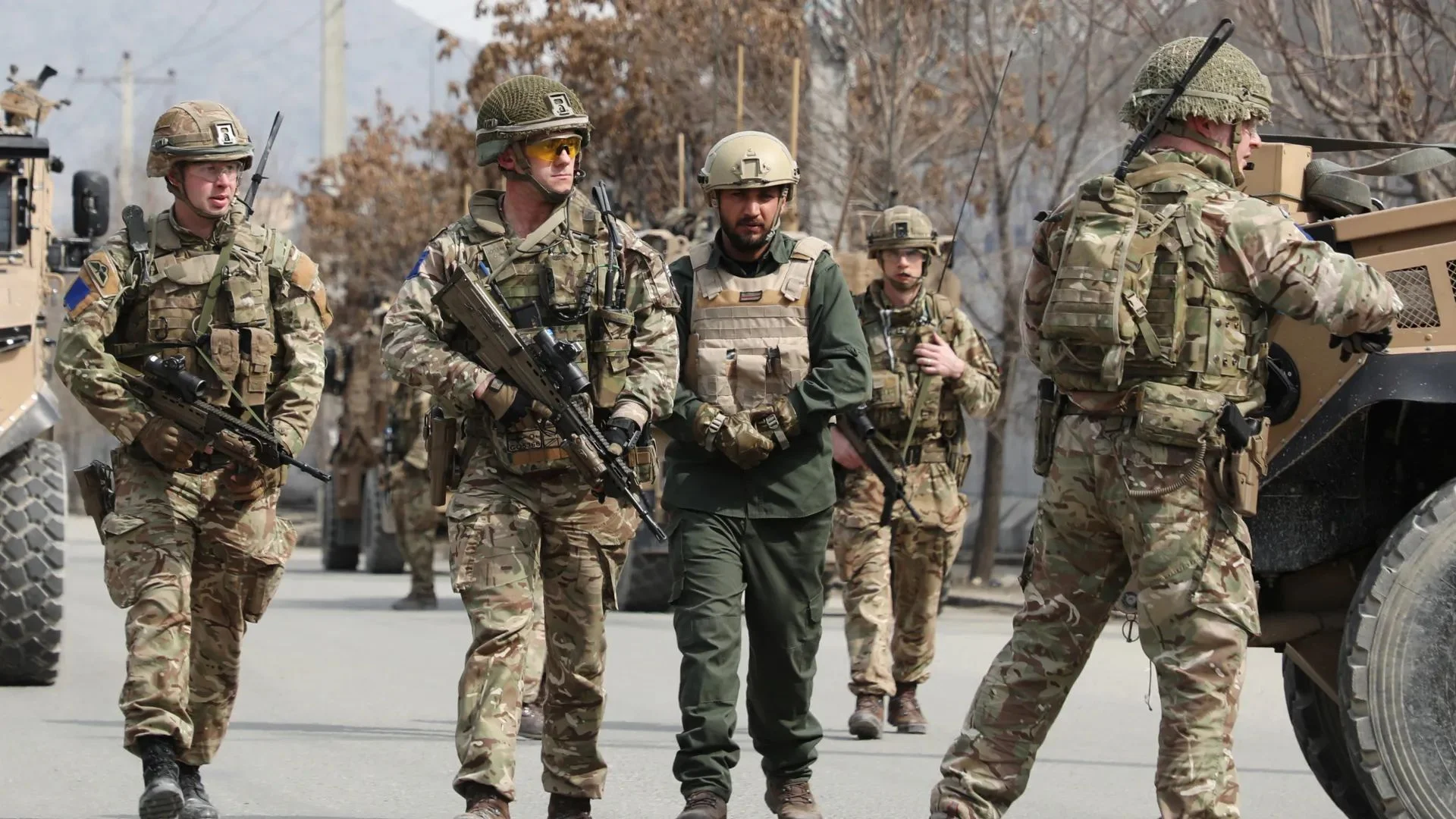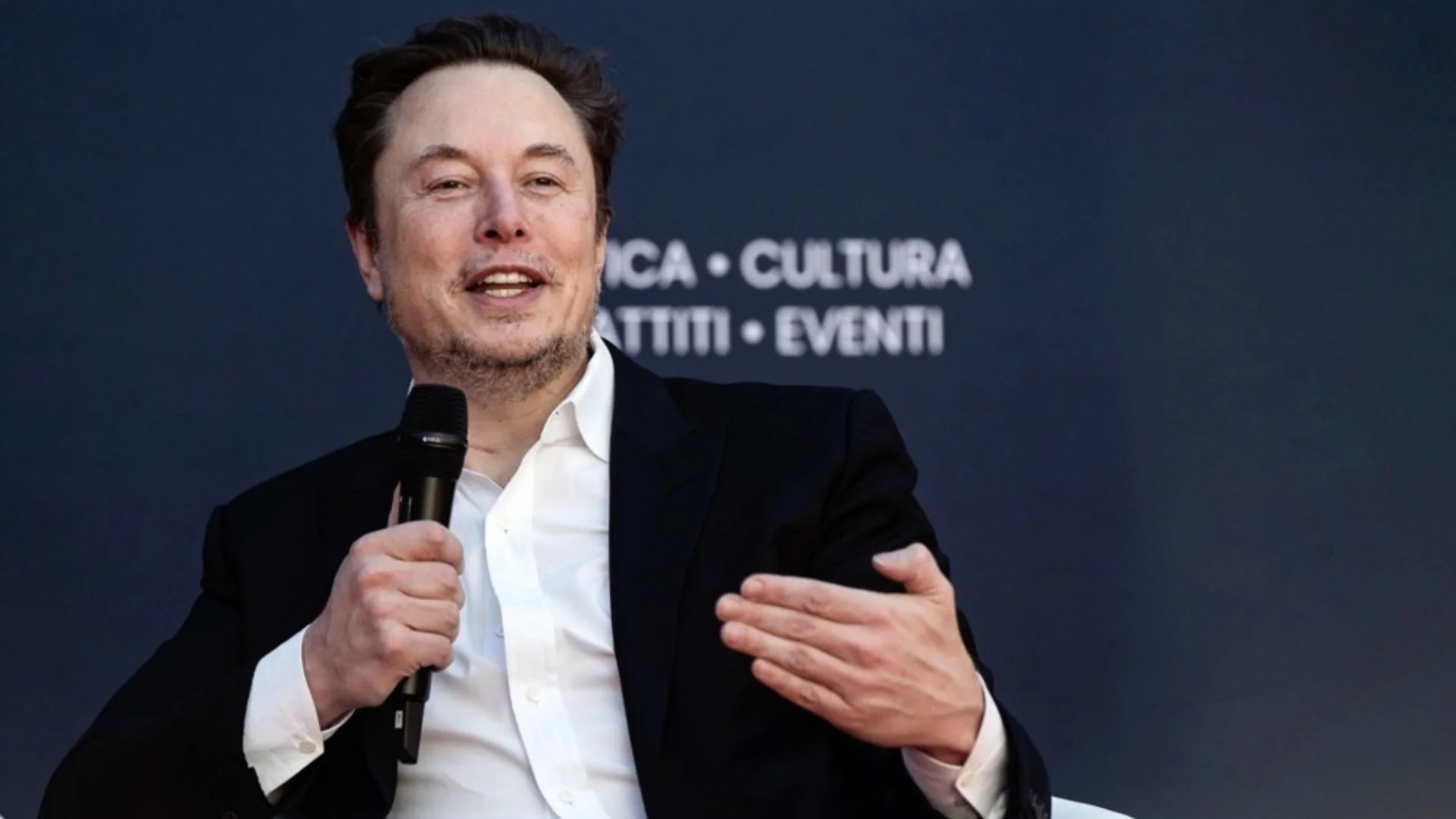The world is a funny place. In May 2021, that pucca British-accent fellow who masquerades as Pakistan’s Foreign Minister claims that his country’s priorities have changed. In June 2021, Virus Pong, realising how isolated his country is, asked his officials to create a “trustworthy, lovable and respectable” image for China! Wolf warriors, please go back to your lairs, your aggression has backfired.
“Here’s the smell of the blood still. All the perfumes of Arabia will not sweeten this little hand,” lamented Lady Macbeth, possessed by the guilt of regicide.
After converting our planet into a gas chamber, Virus Xi tries to morally reinvent himself as a great humanitarian, out to save humankind through his fake vaccine. Ask the Tibetans and Uighurs and Kazakhs and Manchurians if his concept of innate Han superiority has been abandoned. I wonder if Hitler ever knelt beside the Auschwitz-Birkenau concentration and extermination centres to seek forgiveness from his Jewish victims, and loudly lamented German eugenics. China plays the victim and aggressor card at the same time.
Following the 1900 Boxer Rebellion in China, the Qing dynasty was forced to sign the humiliating Boxer Protocol, which imposed backbreaking compensation obligations. Remembering that, and lamenting its humiliation every year, China decides to become aggressive.
Its global image takes a severe beating. China’s coming-out party with the impressive 2008 Beijing Olympics won universal admiration. But the world’s suspicion intensified when China boasted about the superiority of its system versus liberal democracy. The global focus on the 2013 ill-fated trillion-dollar Bilk and Rob Initiative has mutated like the virus from appreciation to angst.
The anti-China ire is even more vehement, now that there is credible evidence that the virus is a Chinese pathogen-based bioweapon that the Chinese military wanted to win a war without fighting it by crippling the adversary’s medical system. Even the god of viruses, Dr Anthony Fauci, is no longer sure that it is a natural phenomenon.
Atom bombs are a passe; they have been around since 1945 and many countries have them. A nuclear bomb has to be physically delivered and the delivery vehicle can be traced. A bioweapon is totally anonymous and gives its user total deniability, not just plausible deniability.
As its mask slips, China flails about desperately, following its template of economic blandishments, abuse and subterfuge. It claims that the deadly virus originated in America, in Italy, in France, in India, in Africa, on the moon, anywhere but in Wuhan. Even their media first called it the Wuhan virus, and then, on orders, blamed the United States’ military, but China’s Ambassador to the US confirmed in an interview in March 2020 that Covid-19 was not developed in a United States military laboratory.
There is no doubt among the senior Chinese leadership about the origin and lethality of the virus, so obfuscation and lies were imperative. China’s wolf warriors quickly launched a massive “infodemic” of denial and disinformation on Virus Pong’s instructions with one clear message: The truth must never get out.
China restricted internal travel but encouraged its diaspora in early 2020 to go back to their countries of residence. It ordered its Sancho Panza in the World Health Organization (WHO) to ask countries not to suspend flights to China, to create the impression that all was well. He said “Yesss Sirrrr”.
No credible epidemiologist in the world has shown evidence that the virus originated anywhere but China. A smart criminal, after committing his act, first destroys fingerprints, footprints and bloodstains.
When the US government shut the Chinese Consulate in Houston last year, a pall of smoke hung over the compound for several days as the staff burnt the copious files they kept on Chinese-Americans working in that hi-tech region.
But even the sharpest felon cannot eliminate circumstantial evidence such as chronology of events, movement, injury on the victim’s body, witnesses. Chinese officials claimed that the virus might have been discovered in China, but did not originate there, but instead of permitting research into the origins of the virus, vital to prevent the next pandemic, China tried to focus on who should be blamed.
The WHO team did not get approval for a year to visit the Wuhan Institute of Virology. When they did, the most important data was not shared with them.
Do not link political issues with economic ones, China tells India. But it does just that when Australia asks for an international inquiry into the origins of the Chinese virus and imposes economic costs on Australia.
So, in a strange symbiotic way, the global anger and Chinese vituperation overfeed on each other. In April 2020, former US Secretary of State Mike Pompeo said: China’s Communist Party will pay the price for not sharing information they had about the coronavirus pandemic and thus causing a “huge challenge” for economies.
The actual damage to the global economy now being talked about is several trillion dollars. Two Harvard professors have termed the pandemic among the greatest calamities in modern US history, the greatest threat to prosperity and wellbeing since the Great Depression of 1928. They estimate that the cost of the pandemic to America will be at least $16 trillion (more than the amount spent on all the wars—in Iraq, Afghanistan, and Syria since 9/11) provided the pandemic ends by 2021, which is optimistic.
The long-term effects of the Chinese virus, even on mildly-infected people infection, is far worse than was originally anticipated, according to researchers and doctors in northern Italy, and confirmed by American and Indian doctors. Since the virus attacks every human organ, psychosis, cardiovascular trauma, insomnia, renal and hepatic disease, spinal and biliary infections, strokes, chronic tiredness, and mobility issues are being identified in former coronavirus patients in Lombardy, the worst-affected region in the country. A recent US study confirms that 4/5 Chinese virus patients developed encephalopathy ranging from short-term memory loss and difficulty with multitasking to confusion, stupor, and coma.
India is second only to the US in infections. The cost to India would be enormous, with its economy contracting over 7% in 2020 and likely to shrink again in 2021. Based on a regression analysis using dependent and independent variables of economic output lost, human lives destroyed, material damage costs, diversion of resources, medical costs, and recovery costs, I estimate the cost to India to be $3 trillion from 2020-25.
Many countries went into months of lockdown in 2020 in a bid to stem the spread of Covid-19, which reduced cross-border travel and accelerated job losses. Governments increased spending to cushion the economic damage, but are now left with a huge debt pile. Meanwhile, central banks around the world slashed interest rates and purchased more assets to inject more money into the financial system. The pandemic has sent the global economy into one of its worst recessions ever, and it isn’t yet clear when a full recovery will be in place.
A slow rollout of vaccines across developing economies could hamper the return of activity to pre-pandemic levels. Even among advanced economies, renewed lockdowns in Europe in a bid to stave off a resurgence will push back economic recovery. The International Monetary Fund (IMF) forecast the global economy could shrink 4.4% in 2020, before bouncing back, but warned that the return to pre-pandemic levels will be “long, uneven, and uncertain”. Globally, government measures to cushion the pandemic’s economic blow totaled $12 trillion, the IMF said in October last
But that was before the second wave hit. The Organisation for Economic Co-operation and Development said that in some countries, the early effects of Covid-19 on labor markets were “ten times larger than that observed in the first months of the 2008 global financial crisis”.
Will China pay when reputed experts estimate China’s debt to be over USD $40 trillion, three times its GDP? Much of law is based on precedent. Making the defeated party pay war compensation has a long history. It is intended to cover damage or injury inflicted. War reparations refers to money or goods changing hands, but not to the annexation of land. Rome imposed large indemnities on Carthage after the First and Second Punic Wars of the 3rd century BCE. The 1815 Treaty of Paris ended the Napoleonic wars. France was ordered to pay 700 million francs in indemnities. In proportion to its GDP, it is the most expensive war reparation ever paid by a country. The 1919 Treaty of Versailles and the 1921 London Schedule of Payments required Germany to pay 132 billion gold marks ($33 billion). The final payment was made in 2010.
After World War II, according to the July 1945 Potsdam conference, Germany was to pay the Allies $23 billion mainly in machinery and manufacturing plants, while its wartime ally Italy agreed to pay $400 million. Finland, Hungary, Romania, Bulgaria, Japan, Hungary too agreed to pay. Japan had to pay $600 million to several countries, among which India (and some others) declined to accept any reparations. After the Gulf War, Iraq’s financial liability for damage caused in its invasion of Kuwait was assessed at $350 billion. So, the precedent exists. So does the will.
We call the present situation “war” against the virus. Even if Xi PingPong changes course and decides to come clean, it may be too late. Realising that it is too expensive to be the sole Rambo of the world, America is repairing its relations with traditional allies and friends in Europe and Asia, and even worse from Beijing’s perspective, is pushing an international coalition to take on China. It has closed off space for China, by rejoining the WHO and the Paris climate accord. In May 2021, the top American diplomat for Asia said that the era of engagement with China was over and henceforth it would be a competition. The Quad is being strengthened by the day.
In October 2020, India, South Africa and 100 developing nations asked the WTO for temporary patent waivers for vaccines. Nine months later, in a carefully crafted statement, China said that it supported the appeal. But is this vaccine diplomacy or vaccine hypocrisy?
Why did China wait so long? China suffers from an acute identity crisis. Is it a struggling developing country, or is it the world’s reigning superpower in every which way? It also suffers from an acute superiority complex, and wants to be the leader in the vaccine stakes, but always thinks of its own commercial interests. If many countries start making virus vaccines (an unlikely scenario), who will buy the Chinese fakes?
Over 100 Bilk and Rob Initiative (BRI) countries have renegotiated their debt to China. As demands grow for China to pay for the devastation it has caused, many poor nations will scream for compensation. All of China’s soft power attempts are unravelling.
We are seeing the green shoots of an alliance of nations that will refuse to do business with China. The perfect storm has hit China: Massive food shortages; endless floods from May 2020; several million displaced; banks in huge debt; and foreign exchange at its lowest. In addition, even the PLA is disgruntled, while PingPong has lost the trust of his people.
“We’re going to be back in the game,” promises Joe Biden, and asks his intelligence fellows to quickly prepare a consolidated report on the origin of the virus. China has paid in terms of its reputation. Now it will pay with money.
Ambassador Deepak Vohra is Special Advisor to Prime Minister, Lesotho, South Sudan, and Guinea-Bissau; and a Special Advisor to Ladakh Autonomous Hill Development Councils, Leh and Kargil. The views expressed are personal.

